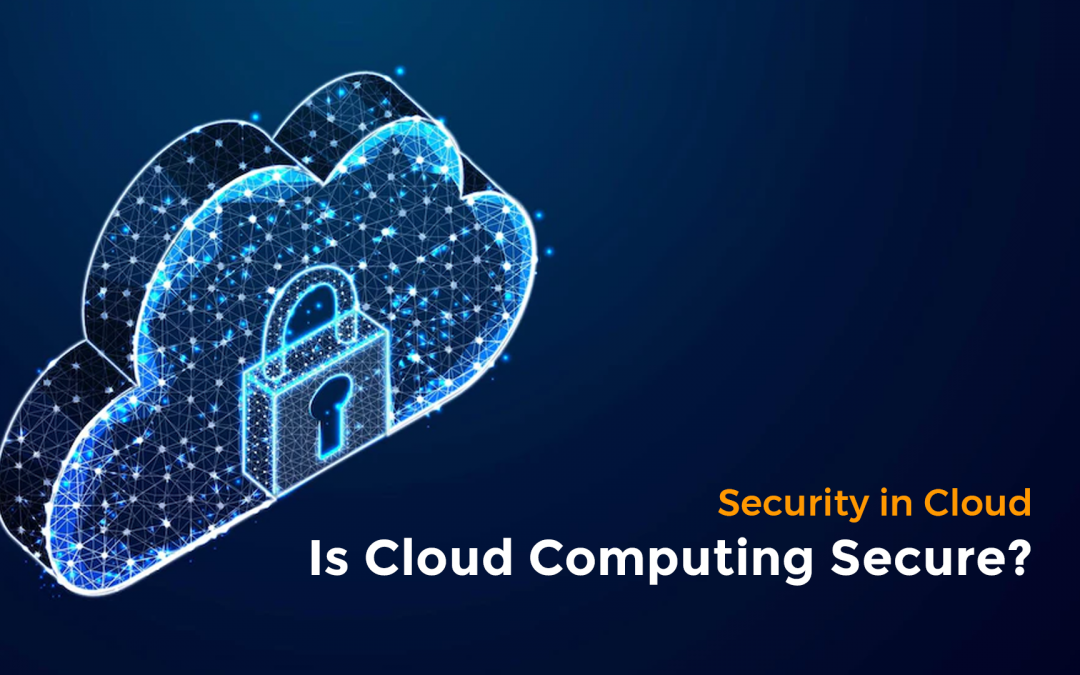As the use of cloud computing continues to grow, many organizations are left with the question of whether or not the cloud is secure. After all, the cloud operates over the internet, which is known for being a vulnerable network. In this blog, we will explore the security of cloud computing and provide you with some tips on how to ensure your data is secure when you use the cloud.
What is Cloud Computing?
Before diving into the security of the cloud, it’s important to understand what cloud computing is. Simply put, cloud computing is the delivery of computing services—including servers, storage, databases, networking, software, analytics, and intelligence—over the internet. The cloud provider operates and manages the infrastructure, while users can access the services they need through a web browser or an API.
Is Cloud Computing Secure?
The short answer is yes, cloud computing is secure. However, it’s important to understand that security in the cloud is different from security in a traditional on-premise environment. In a traditional environment, the organization has complete control over its hardware, software, and data. In the cloud, the organization has less control, but the cloud provider has the resources to invest in security measures that a single organization might not be able to afford.
The security of cloud computing can be attributed to the following:
- Physical security of the data center
- Encryption of data both in transit and at rest
- Authentication and access controls
- Monitoring and auditing of activity
Despite these security measures, there are still security risks associated with cloud computing. The biggest risks include:
- Data breaches
- Insider threats
- Misconfigured systems
- Malware attacks
Tips for Ensuring the Security of Your Data in the Cloud
- Use encryption: Encrypting your data both in transit and at rest is one of the best ways to protect it in the cloud.
- Use multi-factor authentication: Requiring a password and another form of authentication, such as a security token, can greatly increase the security of your data in the cloud.
- Monitor activity: Regularly monitoring your cloud environment for any unusual activity can help you catch any potential security threats early on.
- Stay up-to-date on patches and upgrades: Regularly applying patches and upgrades to your cloud environment can help prevent security vulnerabilities from being exploited.
- Educate employees: It’s important to educate your employees about the security risks associated with cloud computing and how they can help keep your data secure.
Conclusion
Cloud computing is secure, but it’s important to understand that security in the cloud is different from security in a traditional on-premise environment. By taking the necessary steps to secure your data in the cloud, you can ensure that your data is protected from potential security threats.
 Finland
Finland Bangladesh
Bangladesh
